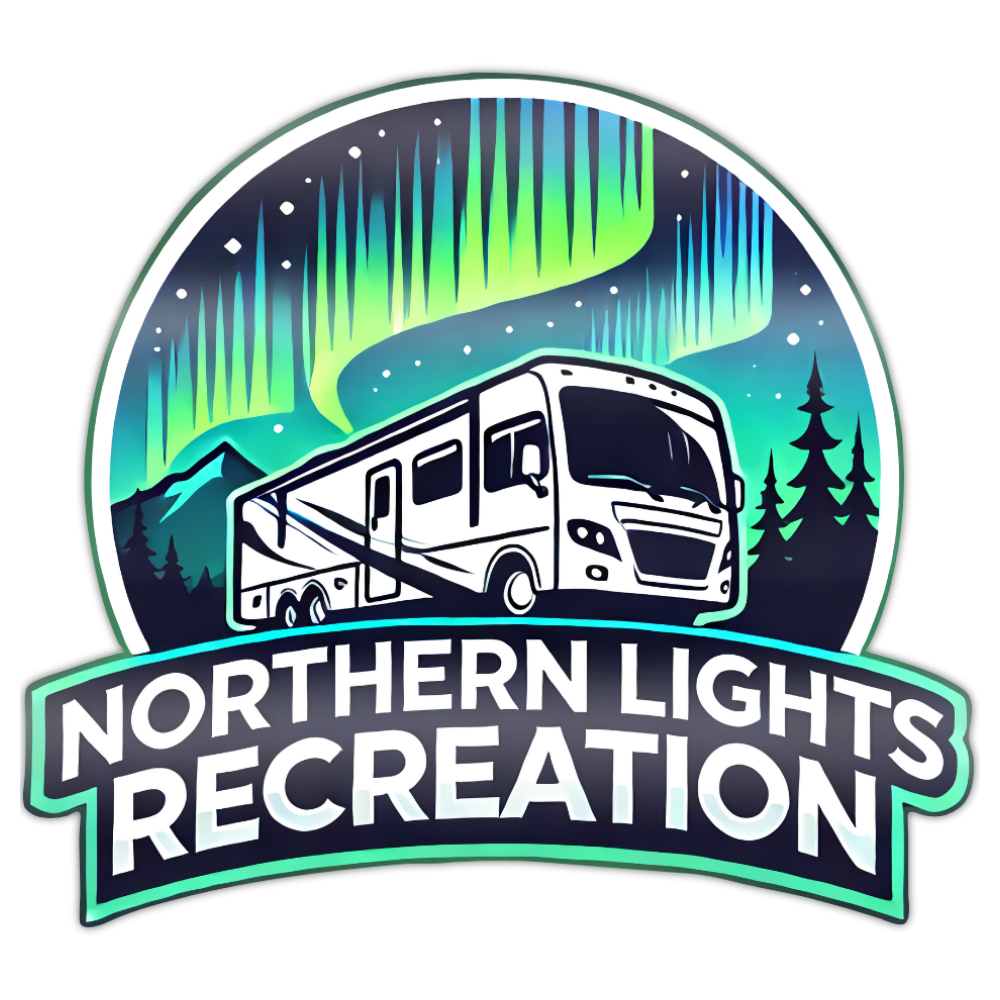Departure & Return: Chicagoland, IL
Vehicle: Choose Your RV
Trip Duration: Flexible (Suggested total: 30 days, but adjustable as desired)
Leg 1: Northern Minnesota – Voyageurs National Park & Duluth
Day 1–3: Chicagoland to Voyageurs National Park, MN
- Drive: Depart early from Chicagoland and head north (approximately 350–400 miles, 6–7 hours).
- Campground: Set up at an RV‑accessible site in or near Voyageurs National Park (such as one of the park’s approved campsites or nearby RV parks).
- Highlights:
- Enjoy pristine, dark skies over Kapotogama Lake.
- Engage in water-based astro‑photography (canoeing, kayaking) and long-exposure star trails over the lake’s still waters.
Day 4: Voyageurs to Duluth, MN
- Drive: A short drive (approx. 1–2 hours) to Duluth.
- Highlights:
- Stretch your legs at Duluth’s Lakewalk and capture daytime scenic views of Lake Superior.
- Overnight: Stay at an RV park in Duluth. Empty your holding tanks and fill up with fresh water, our next stop may have limited services.
Leg 2: The Heartland to the West – Badlands, Great Basin, & Grand Canyon
Day 5–6: Duluth to Badlands National Park, SD
- Drive: Approximately 500 miles (plan for a full day of travel with breaks).
- Campground: Cedar Pass Campground or a nearby dark‑sky–friendly RV park.
- Highlights:
- Capture dramatic, rugged landscapes and vivid Milky Way images framed by eroded buttes and canyons.
Day 7–8: Badlands to Great Basin National Park, NV
- Drive: Approximately 600 miles (split travel into two days if desired).
- Campground: Look for Wheeler Peak Campground or an approved RV park in the Baker area.
- Highlights:
- High‑altitude, crystal‑clear skies ideal for deep‑sky photography and long‑exposure star trails.
Day 9–10: Great Basin to Grand Canyon National Park, AZ
- Drive: About 300–400 miles.
- Campground: Trailer Village RV Park on the South Rim (noted for accommodating large motorhomes).
- Highlights:
- Photograph the Grand Canyon’s dramatic contours under a star‑filled sky, with the canyon’s edge as a stunning foreground.
Leg 3: The Southwest Deserts – Death Valley, Bryce Canyon, & Big Bend
Day 11–12: Grand Canyon to Death Valley National Park, CA
- Drive: Approximately 250–300 miles.
- Campground: Furnace Creek RV Park, known for excellent dark skies and full‑sized RV accommodations.
- Highlights:
- Experience one of the darkest places in the nation; perfect for capturing meteor showers and the Milky Way over vast desert flats.
Day 13–14: Death Valley to Bryce Canyon National Park, UT
- Drive: Roughly 250 miles.
- Campground: Ruby’s Inn RV Park (confirm size accommodations) or another nearby RV site.
- Highlights:
- The park’s unique hoodoo formations provide surreal silhouettes against the starry sky.
Day 15–16: Bryce Canyon to Big Bend National Park, TX
- Drive: Approximately 400 miles (a long drive – plan for ample rest stops).
- Campground: Rio Grande Village Campground, a dark‑sky haven in the remote Texas desert.
- Highlights:
- Vast, unpolluted desert skies ideal for expansive panoramic astrophotography.
Leg 4: The Rockies & Eastern Loop – Rocky Mountain and Maine
Day 17–18: Big Bend to Rocky Mountain National Park, CO
- Drive: Approximately 600 miles (consider breaking the drive into two segments).
- Campground: Moraine Park Campground or another RV‑friendly site near Estes Park.
- Highlights:
- High‑altitude mountain settings yield crisp, clear night skies and star trails against rugged peaks.
Day 19–23: Rocky Mountain to Acadia National Park, ME (via a scenic eastern route)
- Drive: This will be a long leg from Colorado to Maine – break the journey into several days with overnight stops in RV‑friendly parks along the way.
- Campground: Near Acadia National Park (e.g., Bar Harbor Campground or another facility that accommodates motorhomes).
- Highlights:
- Capture the rugged Maine coastline and coastal dark skies, perfect for astrophotography of the Milky Way over the Atlantic.
- Enjoy local New England charm and clear, crisp night air.
Leg 5: The Return Journey – Back Through the Northeast & Midwest to Chicagoland
Day 24–26: Maine to the Northeastern/Midwestern Corridor
- Drive: Begin your return journey, with optional stops in New England (e.g., the Adirondacks or Vermont) for additional night sky sessions.
- Highlights:
- Flexible stops allow you to enjoy diverse landscapes and additional astro‑photography opportunities.
Day 27–30: Final Leg Back to Chicagoland
- Drive: Complete your journey back to Chicagoland, taking time to rest and reflect.
- Highlights:
- Arrive back in the Chicagoland area with a trove of celestial images and memories from one of the nation’s most comprehensive dark‑sky tours.
General Trip Tips
- Reservations: Confirm campsite availability and verify that each site can accommodate a 40‑foot Class A motorhome.
- Flexibility: With no strict time constraints, adjust your stops based on weather, moon phase, and personal pace.
- Gear & Safety: Ensure all astro‑photography equipment (tripods, cameras, remote triggers) is securely stored during transit and readily available at each stop.
- Local Events: Look out for local star parties or astronomy club events along your route for extra insight and shared experiences.
This itinerary covers the nation’s premier dark‑sky and astro‑photography locations—from the northern lakes of Minnesota to the deserts of the Southwest, the towering Rockies, and the rugged coast of Maine—while departing from and returning to Chicagoland. Enjoy the journey and capture the wonders of the night sky across America!

